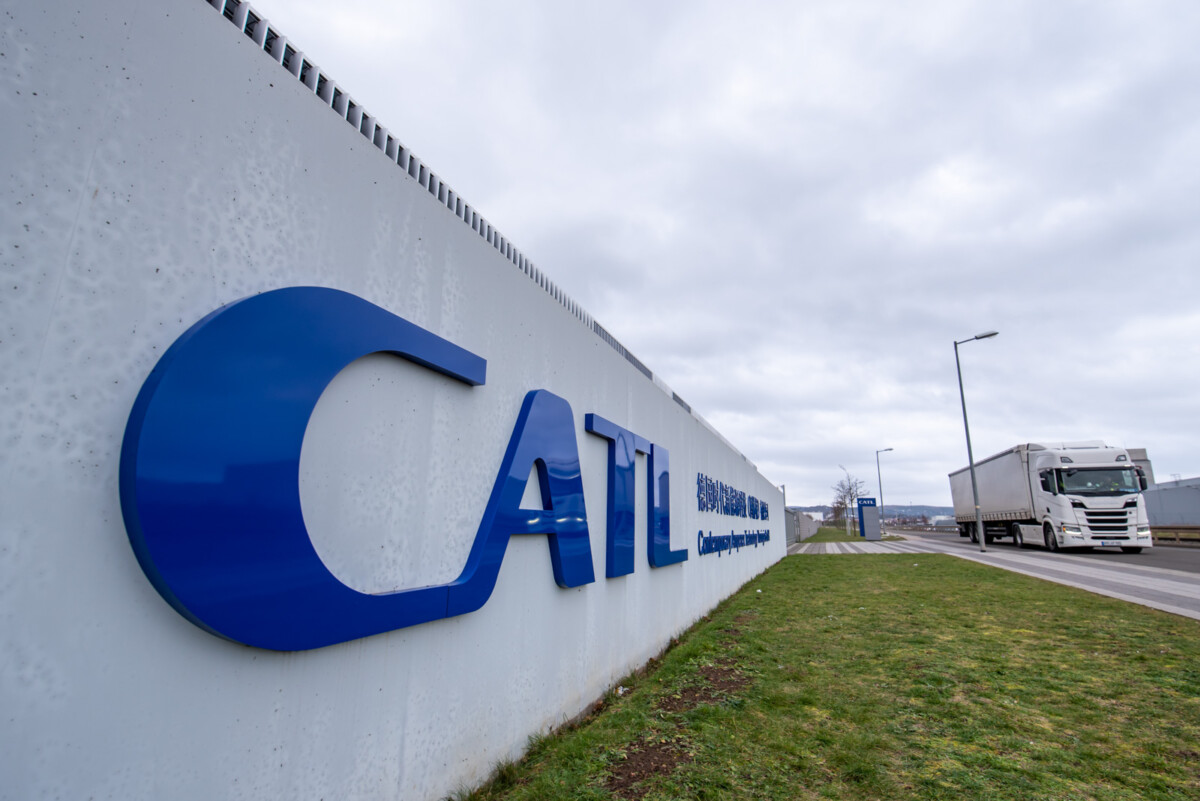The first Filipino guest workers have already arrived at the CATL battery plant in Debrecen. The Chinese battery manufacturer has signed contracts with 50 workers and plans to hire an additional 450 Asian employees by the end of the year. The situation clearly illustrates the severity of the labour shortage faced by investors, and the challenges the Hungarian government faces in its efforts to staff these factories primarily with local workers.
According to economist Andrea Éltető, the problem is not new. Even back in 2022, when the project was announced, it was clear that a 100 GWh factory—expected to create around 9,000 jobs—would require an enormous workforce. The first phase currently under construction, with a capacity of 40 GWh, already demands 2,000–2,500 workers. The question then, as now, was: where will all these workers come from?
While the government initially communicated that they planned to hire only Hungarian workers—bringing in workers from across the country and even from abroad if necessary—this has proven unsustainable. CATL had also indicated early on that its management would be entirely Chinese, and key trainer-operator roles would be filled by foreign experts from the parent company. However, the company emphasized it would aim to rely on Hungarian workers as much as possible.
Reality quickly set in: this approach is unfeasible. Firstly, Hungary’s labour market is already extremely tight. The country has around 200,000 registered job seekers, but Éltető estimates that 20–25% are functionally illiterate or otherwise unfit for regular employment. Moreover, many of the potentially employable are unwilling to work in a battery factory due to the environment, long hours, or health risks.
A further obstacle is the lack of geographical mobility. In Hungary, people are reluctant to relocate: an unemployed person in Zala is unlikely to move to Debrecen, and it’s not cost-effective for companies to bus workers from hundreds of kilometres away. CATL initially tried to recruit within a 60-kilometre radius of Debrecen, then expanded its search nationwide and even across the border—with little success.
As a result, the company must fill labour gaps with guest workers. Employing workers from the Philippines is not unprecedented—foreign labour has been part of Hungarian industry for years. At the Samsung factory in Göd, for example, half of the 6,000 employees are foreign. Guest workers are generally reliable, cheaper, and less likely to negotiate wages—advantages for investors.
Éltető warns that industrial competition is becoming increasingly fierce. In Debrecen, BMW is also constructing a plant, and six more battery industry facilities are in the planning stages nearby. A similar investment is underway in Nyíregyháza. All of these companies are competing for the same limited workforce, which could drive wages up—something firms are keen to avoid.
Although the official line remains that foreign workers should make up no more than 20–30% of CATL’s workforce, current trends suggest that this target is becoming increasingly unrealistic. The number of guest workers is rising, while the domestic labour supply continues to lag.
According to Éltető, this issue goes beyond a single factory’s labour problems. The rapid and concentrated expansion of the battery industry raises broader social, economic, and environmental questions—questions that have yet to be adequately addressed, and which will become ever more urgent as new factories open across the country.
(Debreceni Nap)


















